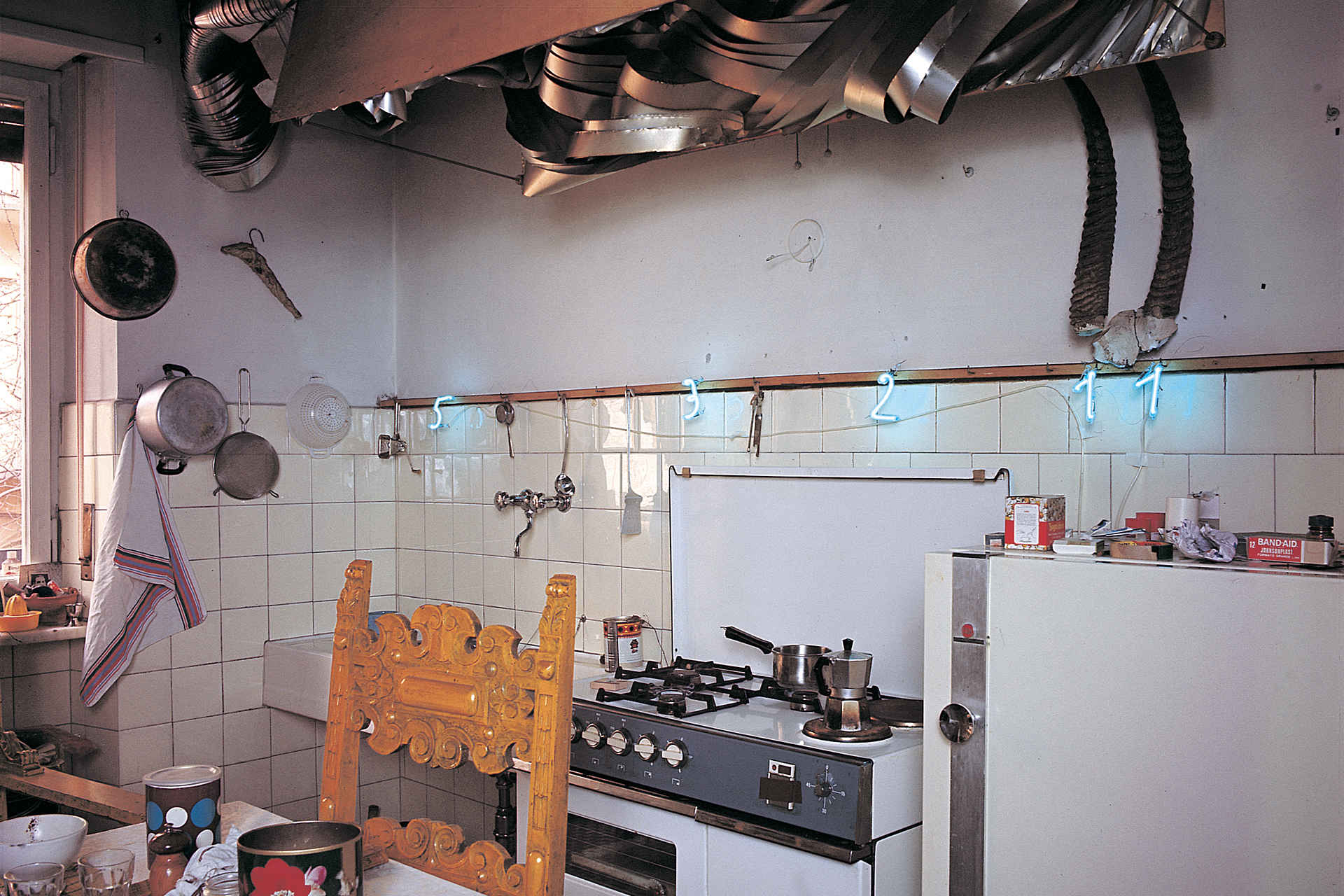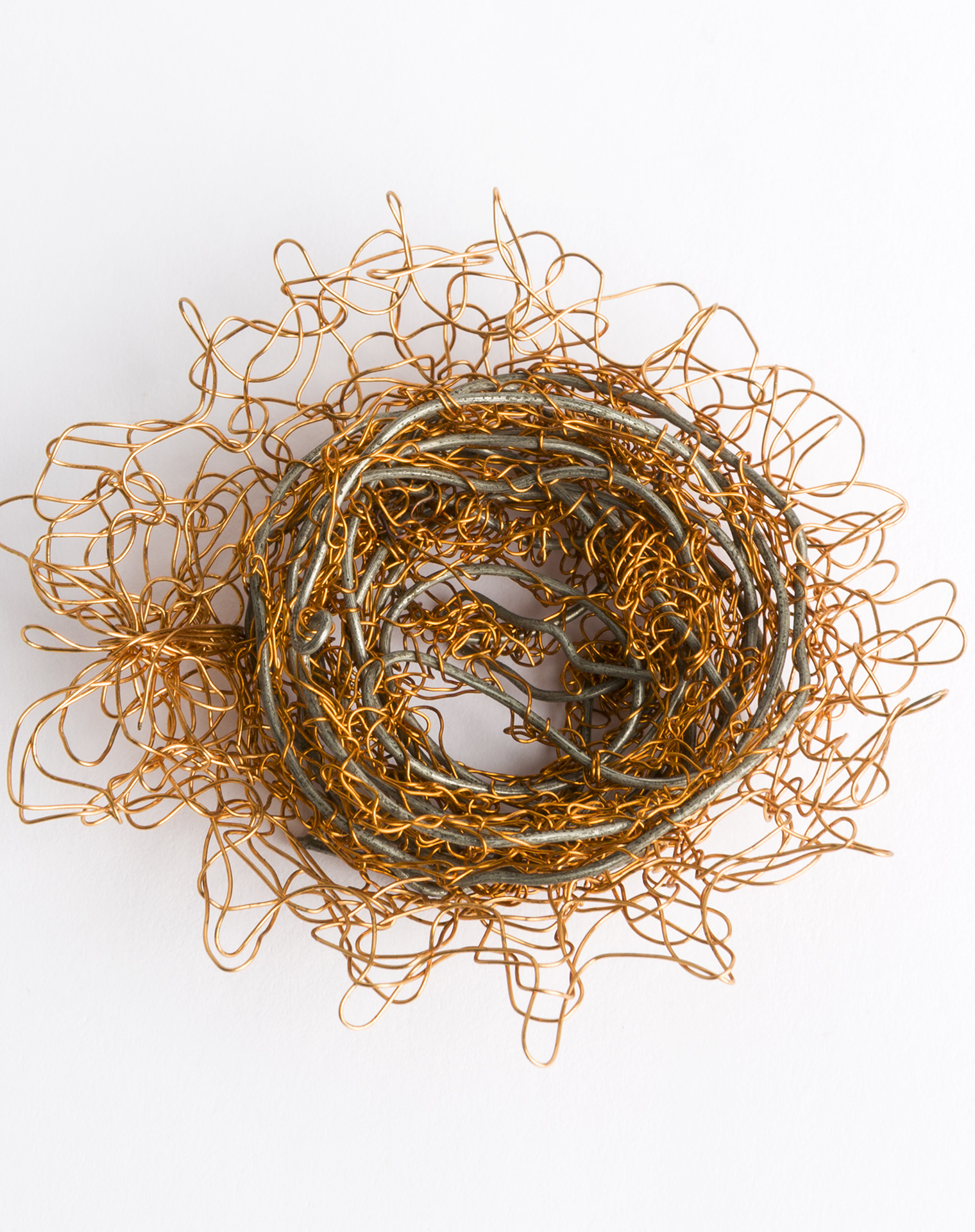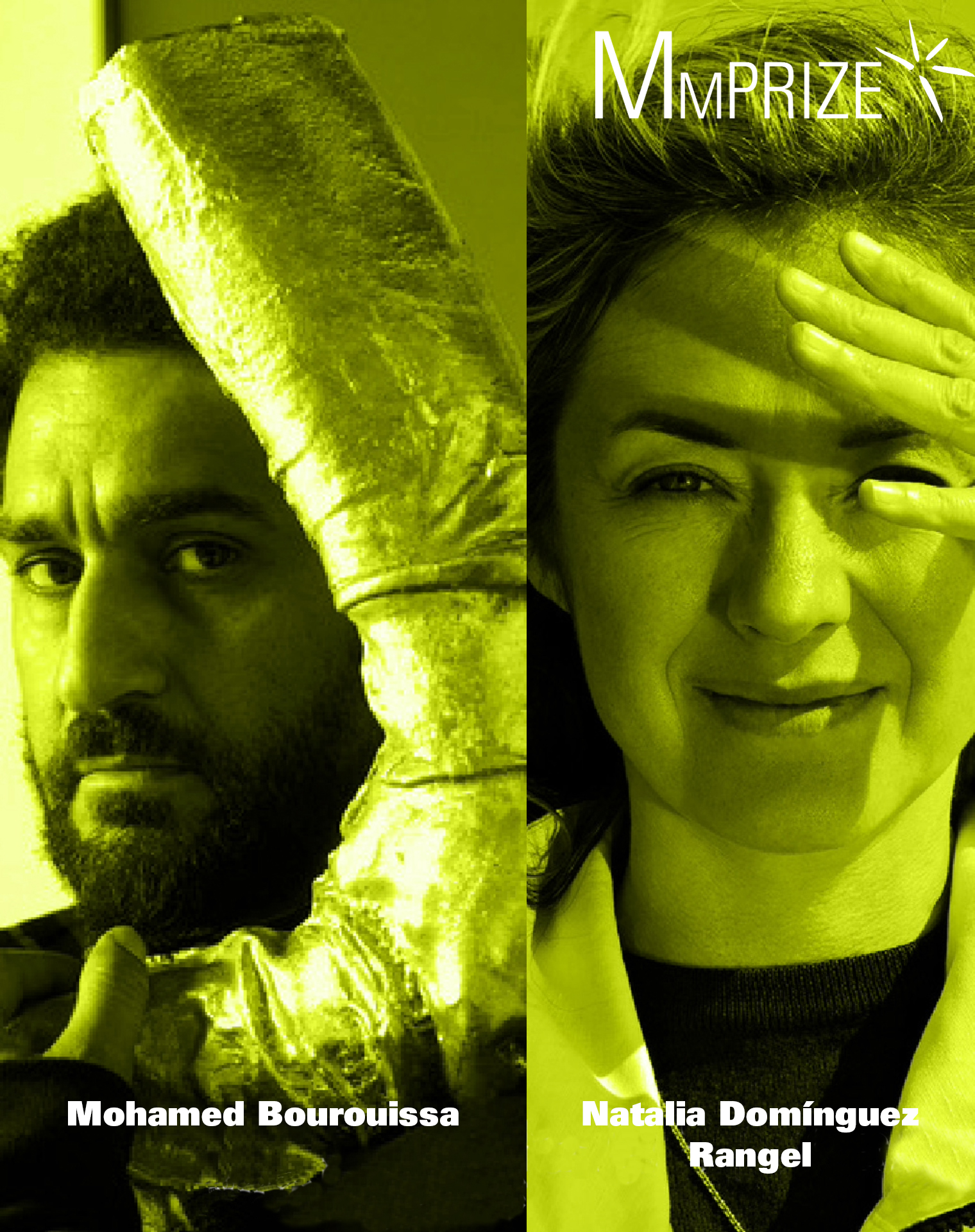Mosa One, Fasten your seatbelt we’re about to crash, 2025 is an installation reminiscent of a billboard in a car park, imitating the safety instructions on aeroplanes but with a disarming warning: ‘Fasten your seatbelt, we’re about to crash’. The phrase, which is written in Arabic at the top, subverts the illusion of control and safety extolled by contemporary society and thus suggests a bleak future in which a crash or collapse is imminent. A climatic, social and economic collapse that could spread to different and multiple levels of everyday life, revolving, however, around a single question: ‘Are we living or are we just slowing down, waiting for the big impact?’.
Finally, the installation contains a critique of collective passivity and the automatism of the present, where we wear seatbelts for a ride of which no one is in control any more.
Mosa One (Rome, 1997). A multidisciplinary artist born in Rome to Egyptian parents, his practice explores the complexity of a dual identity, seeking to translate the cultural heritage and sense of belonging to two worlds that are seemingly distant but intimately connected. Growing up in the suburbs of Rome and drawn to street art at the age of thirteen, he investigates social and identity issues in a rapidly changing reality. The artist recognises art as a powerful tool for breaking down barriers and stimulating collective awareness.
Alfredo Jaar’s work Two or three things I know about Monsters evokes a historical quote from Antonio Gramsci the old world is dying. The new one is slow to appear. And in this twilight zone monsters are born.
The art work accompanies us with the prophetic clarity of its warning, evoking the Antonio Gramsci’s words in all their inadvertent but dramatically true reality. We are all reminded of the need and purity of nurturing the highest and most noble of human essences: liberty, solidarity and compassion.
Alfredo Jaar (1956, Santiago de Chile) lives and works in New York. An artist, architect, photographer and filmmaker who grew up under Pinochet’s military regime, Jaar fled Chile after completing a degree in architecture. For Jaar, art is unquestionably politically motivated, often tackling political and economic issues tied to humanitarian crises, political oppression, social marginalisation and human and civil rights violations. His interest is in drawing attention to situations which our consciousness tends to remove, and on the media’s manipulation of information.






















